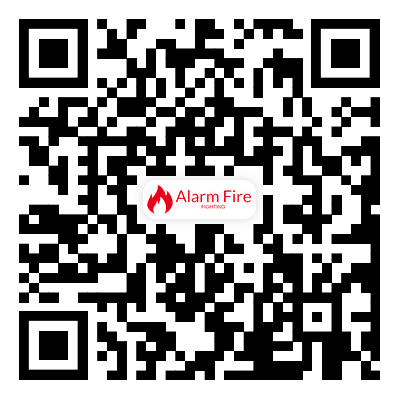Fire Alarm Degrees: What You Should Know
2023-12-06
In the context of fire alarms and fire safety, the term "fire alarm degrees" typically refers to different levels or classifications of fire alarm systems and their corresponding response actions. These degrees or categories indicate the seriousness or level of the alarm triggered by the fire detection system. However, it's essential to note that terminology and classification systems may vary across regions and standards. Here are some general classifications commonly associated with fire alarm degrees:
1. First Degree Alarm: This often refers to an initial or low-level alarm indicating the detection of smoke, heat, or fire in a building or area. It's an early warning signal prompting occupants to be alert and prepared, but it doesn't necessarily indicate an immediate threat to life or property. This stage may involve notifying building occupants to be cautious and ready to evacuate if necessary.
2. Second Degree Alarm: A second-degree alarm typically signifies a more substantial or confirmed fire condition. It indicates a more serious situation, prompting additional actions beyond the initial alert. At this stage, building occupants might be required to initiate evacuation procedures or prepare for evacuation, and emergency response teams may be activated.
3. Third Degree Alarm: This is the highest level of fire alarm activation, indicating a severe and potentially life-threatening situation. A third-degree alarm suggests that immediate action, such as full-scale evacuation or deployment of firefighting resources, is necessary to address the fire emergency.
It's important to remember that these degrees or levels are not universally standardized and can vary based on local fire codes, regulations, or individual building protocols. Additionally, the terminology used for fire alarm levels may differ between different jurisdictions or organizations.
Fire alarm systems are designed to detect, notify, and respond to potential fire hazards, aiming to safeguard lives and property by providing early warnings and initiating appropriate actions in the event of a fire emergency. Understanding the fire alarm system's signaling and response levels is crucial for building occupants, fire safety personnel, and emergency responders to respond effectively and efficiently to fire incidents.


